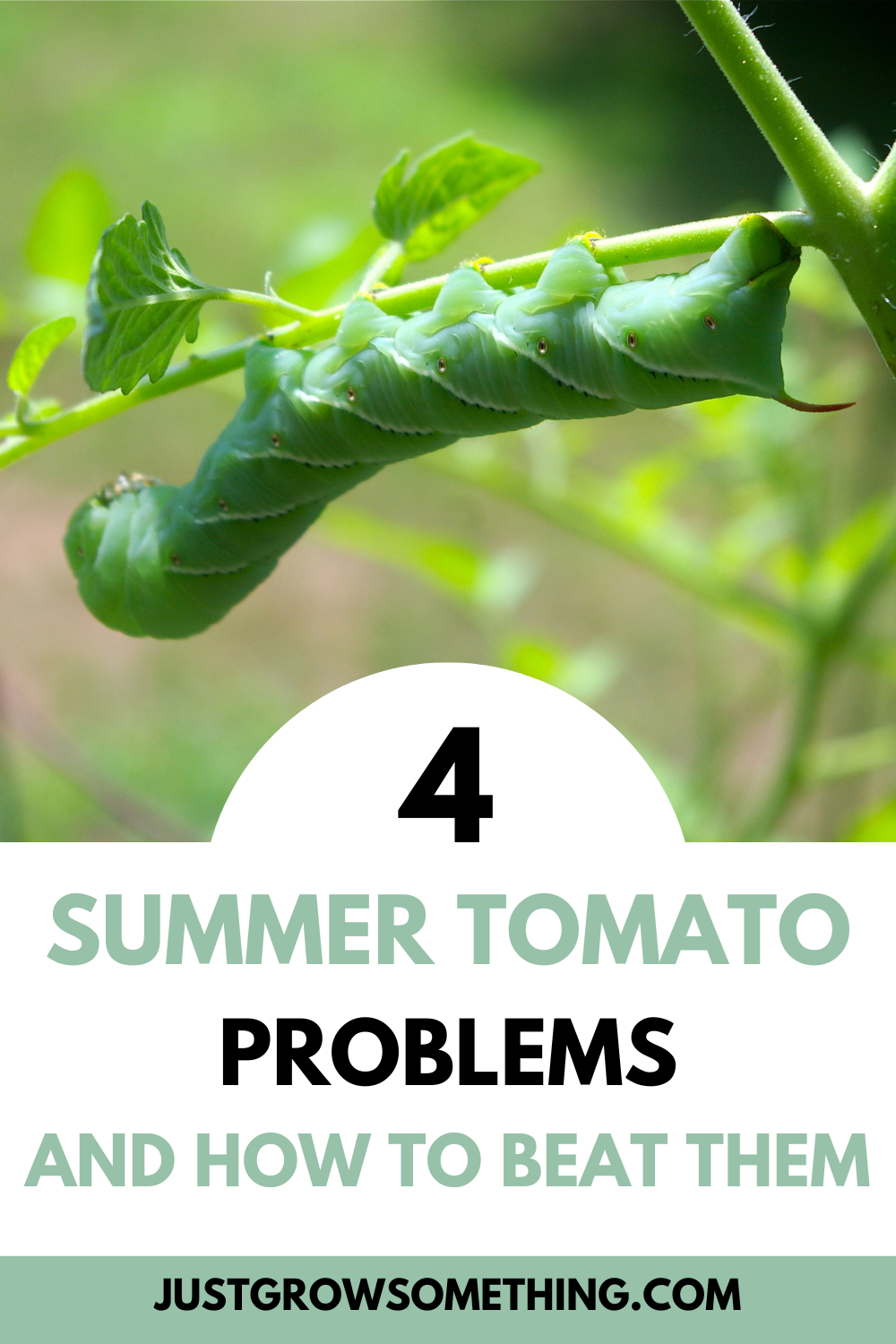Rescuing Your Summer Tomatoes: Solving Mid-Season Problems
Few garden crops bring as much anticipation, and sometimes heartbreak, as tomatoes. If your mid-summer plants look ragged, spotted, or stripped, you’re not alone. Let’s dig into the four main problems that hit tomatoes hard during the warmest months: blossom end rot, hornworms, nutrient imbalances, and leaf diseases. With practical strategies for in-ground, raised bed, and container gardeners, let’s explore how to save your tomato harvest.
1. Blossom End Rot: The Brown Bottom Dilemma
Blossom end rot is a classic gardener’s frustration: you excitedly pick a tomato only to discover its underside is brown, sunken, and mushy. While often mistaken for a disease, blossom end rot is actually a physiological disorder triggered by a calcium deficiency—specifically in the fruit, not necessarily the soil. Calcium is notoriously slow moving in soil and in plants, so inconsistent watering is usually the real culprit, whether caused by heavy summer rains or sporadic irrigation.
Solutions:
Mulch matters: A thick layer of organic mulch helps trap soil moisture and buffer roots from dramatic swings in wetness or dryness.
Water deeply and regularly: Less frequent, deep watering helps roots access and absorb available calcium more effectively than shallow, daily sprinkles.
For containers: Use the largest pot possible (at least 5 gallons, ideally 10+) and choose a slow-release, balanced fertilizer containing calcium.
Immediate action: Once a fruit shows blossom end rot, there’s no reversing it. Remove affected tomatoes and adjust your care for the new ones.
Rainy climates: Mulch helps even with heavy downpours, but sometimes, nature overwhelms even diligent gardeners. Do your best and know that some losses are inevitable.
2. Tomato Hornworms: The Foliage Destroyers
If your tomato leaves disappear seemingly overnight, hornworms are likely the culprits. These large green caterpillars strip leaves, munch fruit, and leave behind telltale dark droppings. They camouflage effortlessly into the plant, so you may not spot them until significant damage is done.
Solutions:
Inspect plants daily: Frequent checks are vital. Look for missing leaves and dark droppings.
Black light trick: At night, hornworms glow bright green under UV light, making them easy targets for removal.
Hand-pick: Gloves recommended! Drop caterpillars into soapy water to discard or feed them to chickens (but never to pet reptiles, as wild hornworms may contain toxic compounds from nightshade plants).
Isolate potted plants: If in containers, separating affected plants makes finding and removing hornworms easier.
3. Nutrient Imbalances: When Leaves Lose Luster
By midsummer, heavy fruiting can deplete key nutrients like nitrogen, magnesium, and iron. Symptoms include pale or yellowing leaves and generally sad-looking plants.
Solutions:
Balanced mid-season feeding: In-ground beds benefit from slow-release, balanced fertilizers or compost tea.
Raised beds and containers: Fertilize more frequently - every few weeks for pots, every month for larger raised beds. Look for “tomato” formulas that supply a wide range of nutrients but avoid excess nitrogen, which encourages leaves at the expense of fruit.
Watch plants, not just the calendar: If plants start to yellow or growth appears stunted, feed accordingly; natural lower leaf die-off is normal, but spreading yellowing warrants action.
4. Leaf Diseases: Spots, Blight, and Fungal Foes
Wet, humid summers fuel diseases like Septoria leaf spot and early blight. Septoria appears as small, round spots with gray or tan centers and dark borders, starting on lower leaves. Early blight forms larger, target-like rings or brown “bullseyes,” often also impacting fruit and stems.
Solutions:
Prune infected foliage: Remove and dispose of diseased leaves, but never strip more than a third of the plant.
Sanitize tools: Use a bleach solution (1 part bleach: 9 parts water) between plants to avoid spreading spores.
Maximize airflow: Stake and space plants, use drip irrigation, and keep mulch around plants to prevent soil splash.
Crop rotation: Avoid planting tomatoes or other nightshades in the same bed for 2–3 years if possible.
Organic fungicides: Copper or sulfur sprays can help control spread; milk sprays are also effective (more about that here: Battling Mid-Summer Fungal Diseases).
Keep Going: Tomatoes Can Still Thrive!
Summer tomato care can feel like a battle, but don’t give up! With consistent attention, practical problem-solving, and a bit of luck with the weather, your tomatoes can recover and often thrive into the cooler days of fall—when many disease and pest pressures naturally wane.
Need more help? Check out Ep. 262, Summer Tomato Problems.
Your Friend in the Garden,
Karin


